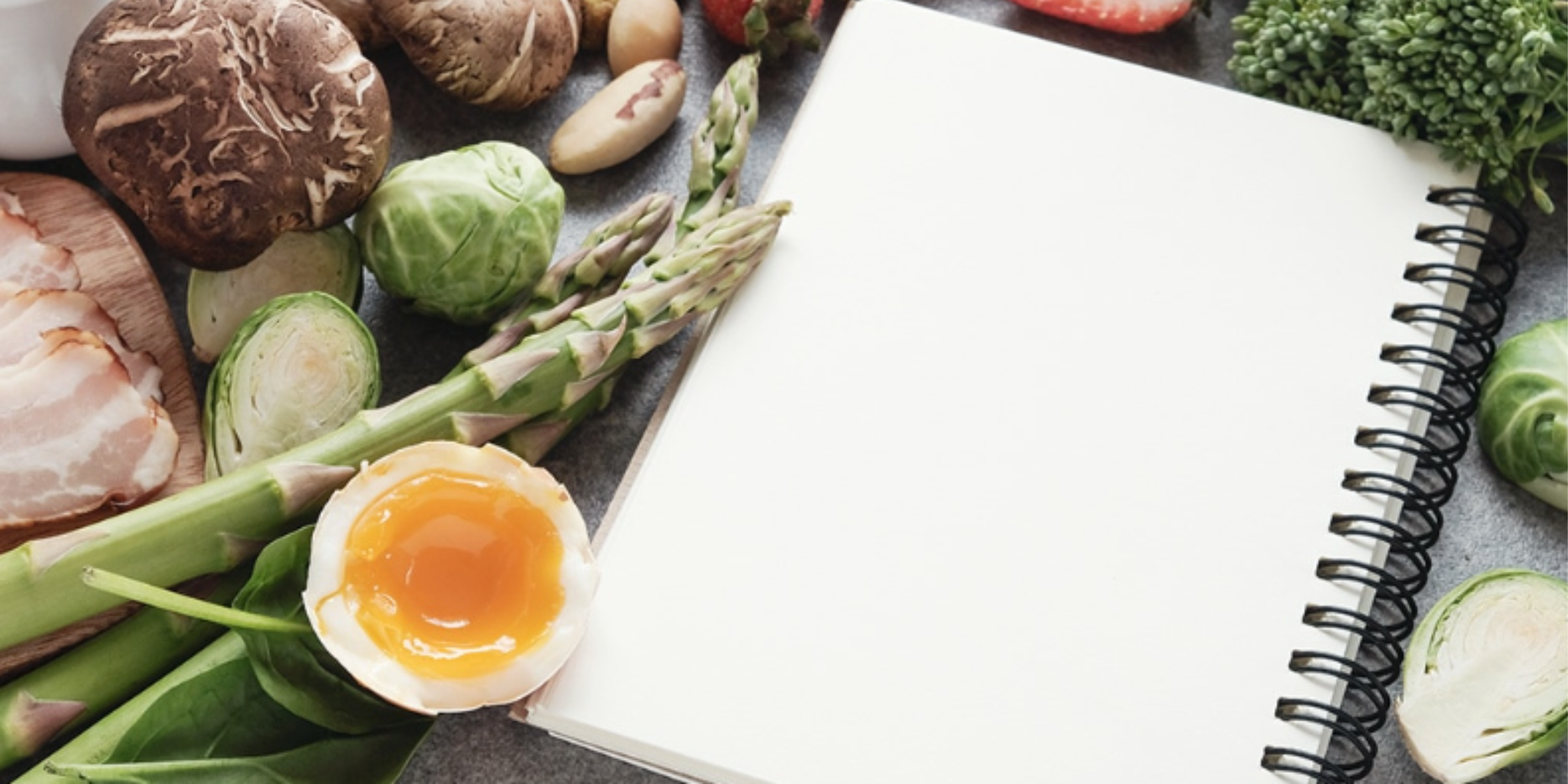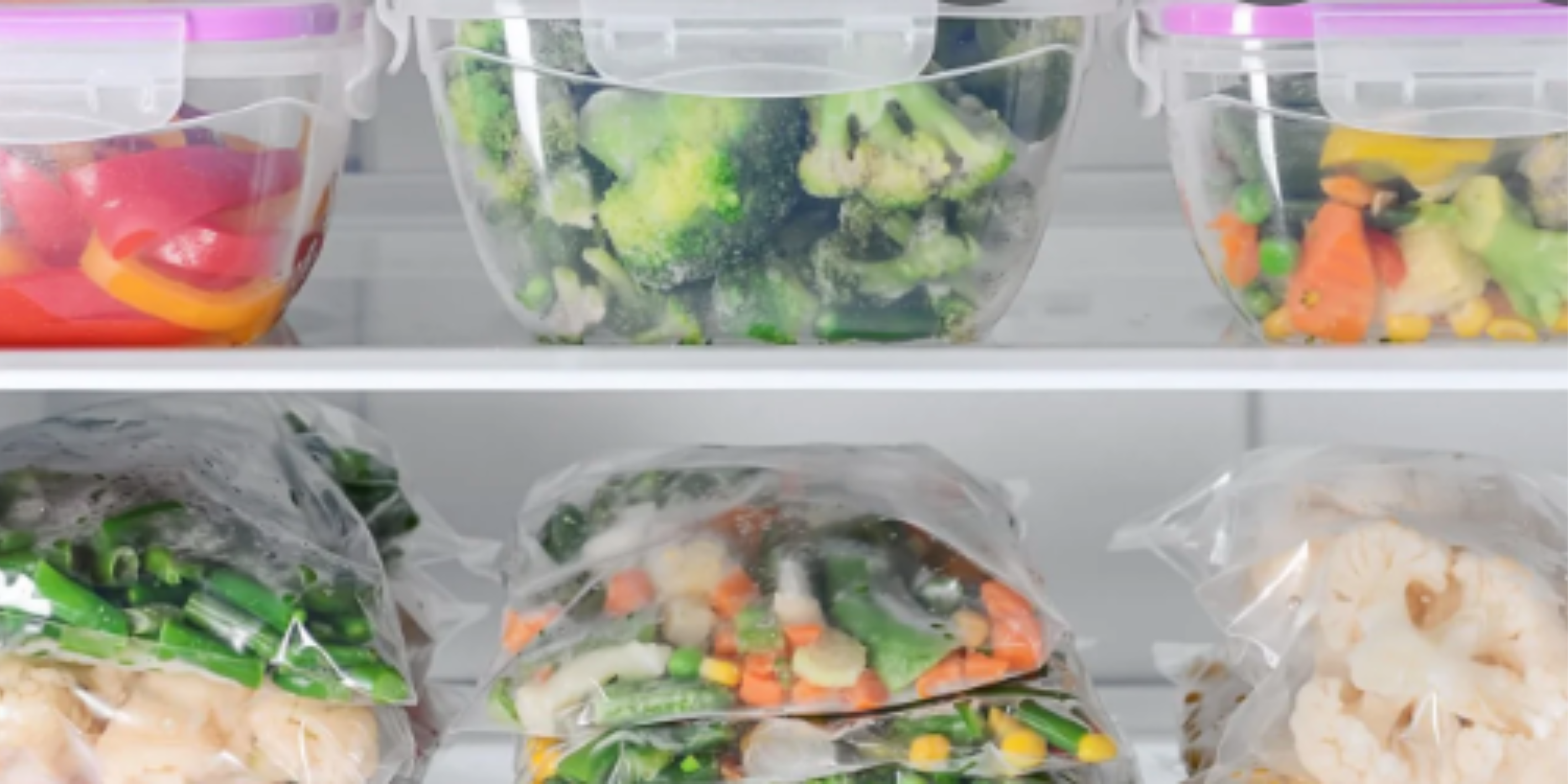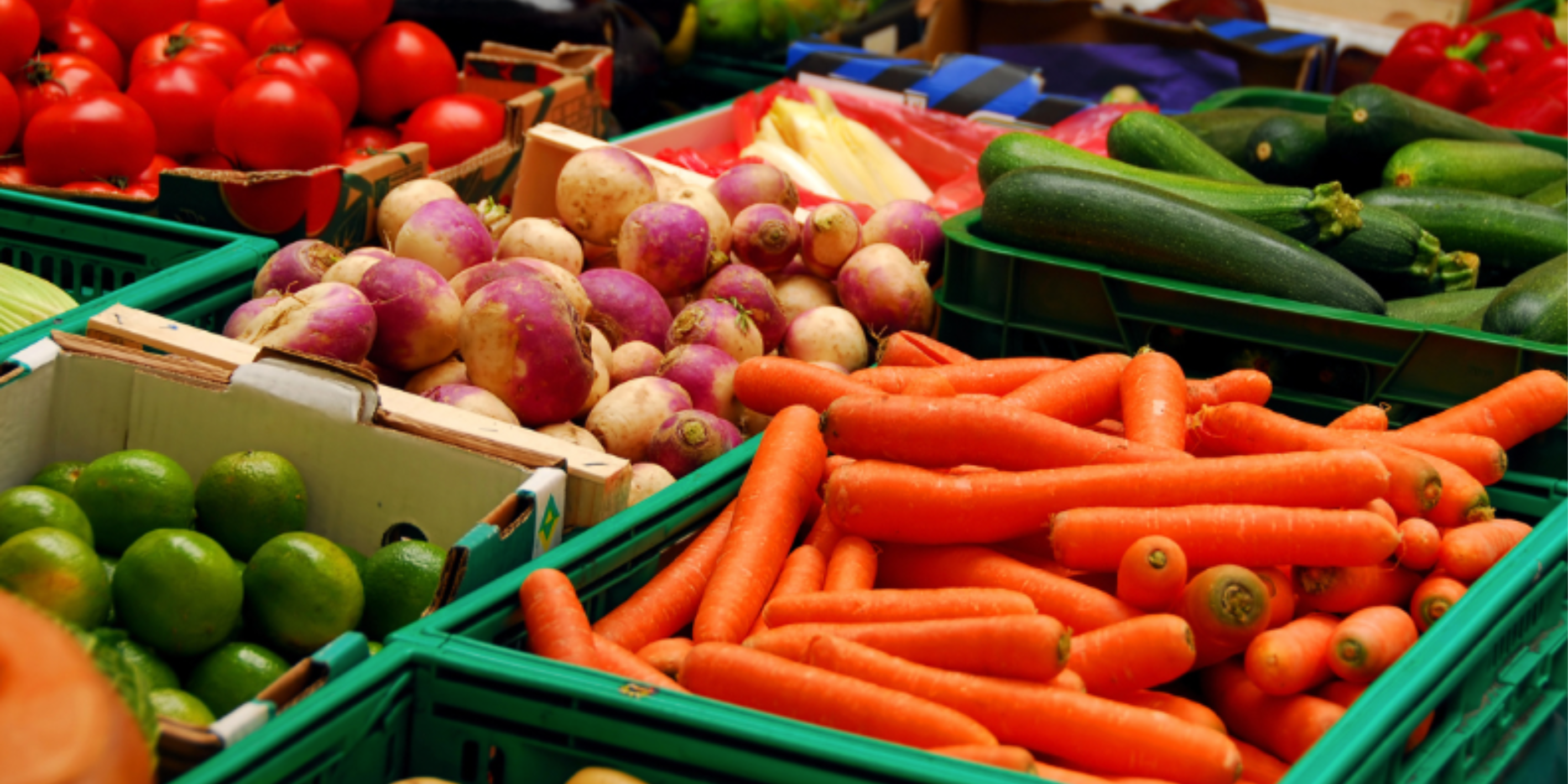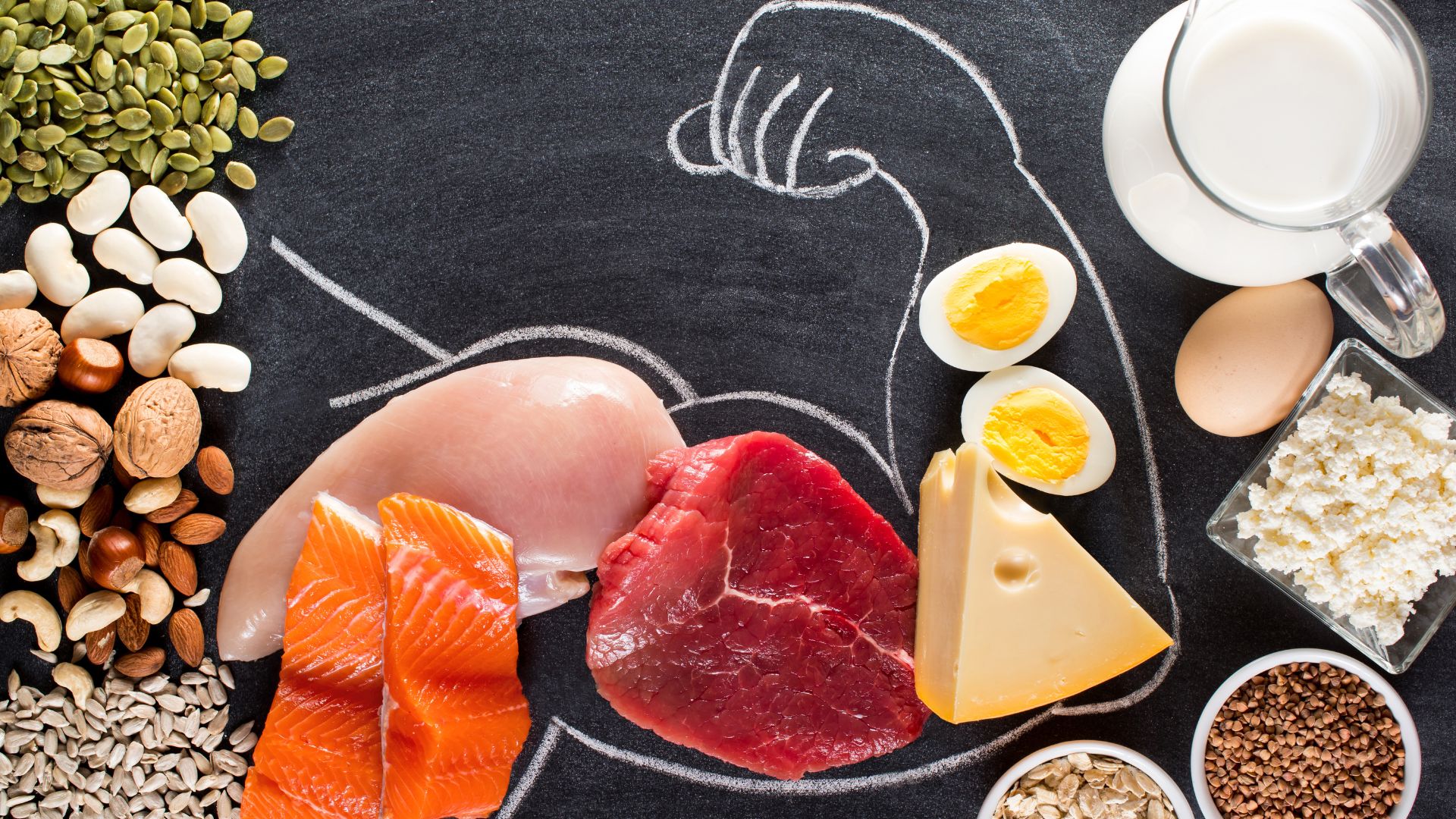9 Ways To Make Meal Planning Easier

To most people, meal planning can feel like a time-consuming chore. However, meal planning has so many perks! It means you only have to ask ‘what’s for dinner’, go shopping and prepare ingredients once in the whole week. See our tips to make meal planning effortless!
1. Don’t start from scratch
To successfully meal plan, you don’t need to spend hours looking at cookbooks. Start with your go-to meals and repeat them every week or two and then perhaps once a week, try a new dish.
2. Check the fridge
See what items you have that need to be used and then think of a meal that you can make to use the item. Check your pantry for the rest of the ingredients and add the missing items to the shopping list.
3. Re-use ingredients
Think about other ways to use leftover ingredients. If you plan a second meal around spare ingredients, it’s easier to avoid the end-of-the-week waste. For example, if you have tortillas leftover from tacos, use them for wraps or homemade pizza.
4. Use perishables FIRST
Use foods that perish sooner, use seafood and meat earlier in the week and save staples (pasta, dairy) for later in the week. Some vegetables like kale and carrots, will stay fresh longer than others.
5. Cook and freeze
Soups, stews, casseroles, pasta and lasagne can all be made in large batches and then frozen and defrosted when you need a quick dinner. To keep it easy, always freeze in the portion size you want to defrost.
6. Create a master meal list
Create a list of recipes and meal ideas you and your family already know and love. A master meal list makes meal planning easier by limiting your meal options. It minimises decision fatigue and eliminates the mental load of
constantly searching for and learning new recipes. Aim for at least 10-20 meal options that you can choose from to create your quick and easy weekly meal plan. See our White Chocolate and Raspberry Overnight Weetbix for a delicious and simple meal to prep for breakfast.
7. Stock up on kitchen essentials
Stock up on 2-3 grains (for example: pasta, rice, barley, couscous), key spices (for example: paprika, Italian herbs, rosemary), canned products (for example: canned tomatoes, chickpeas, lentils) and ‘hero’ sauces (for example: soy sauce, mayonnaise). If you’re wondering what products are healthier than others at the shop, see our Guide to Reading Nutrition Labels.
8. Rely on frozen ingredients
Frozen foods have nearly all the nutrients – and sometimes
more than – fresh veggies. They’re also cheaper and great to have in the freezer towards the end of the week when you’ve used all your fresh veg.
9. Look for seasonal recipes
Vegetables and fruit are cheaper, fresher and riper when they’re in season.







